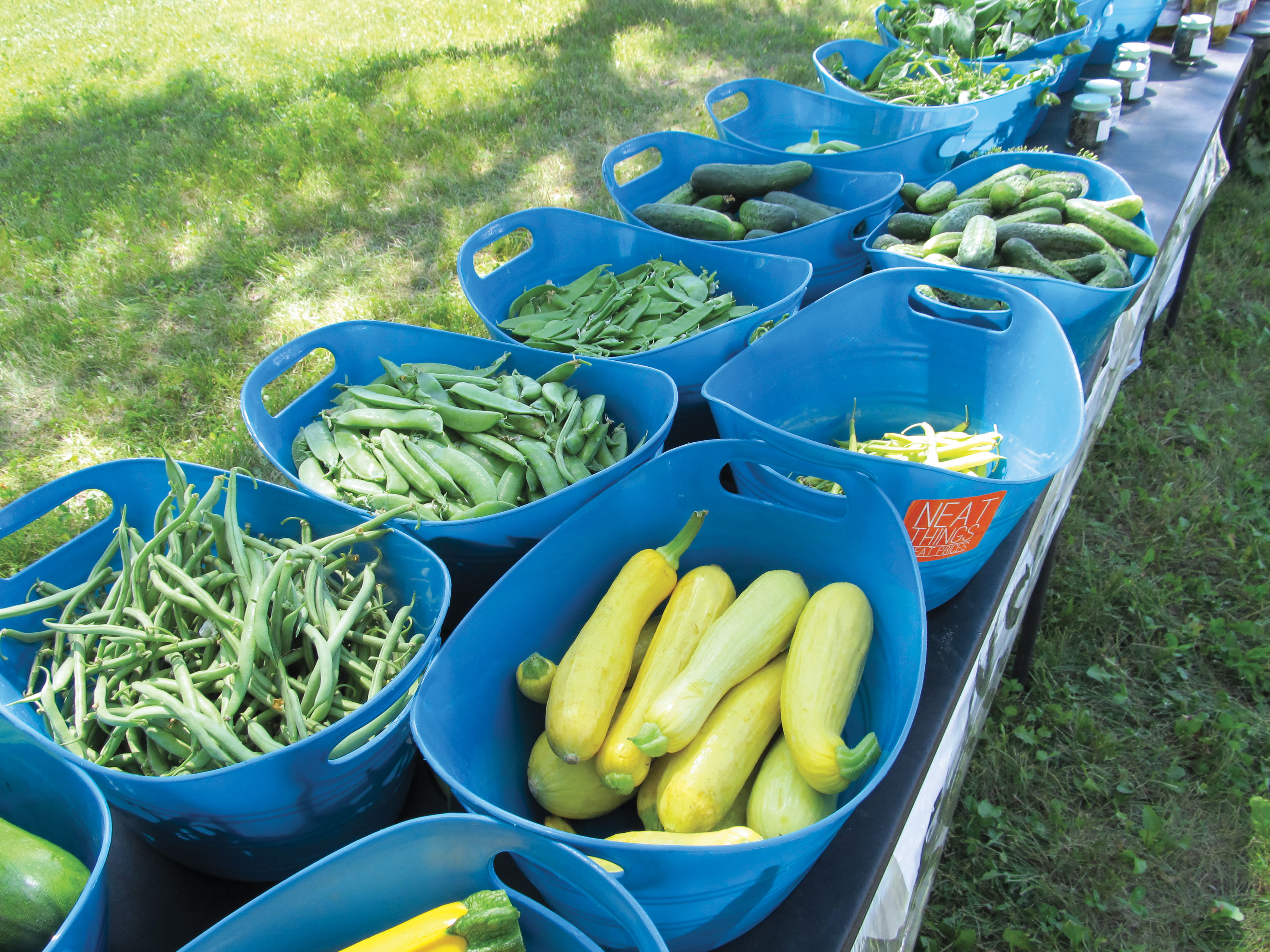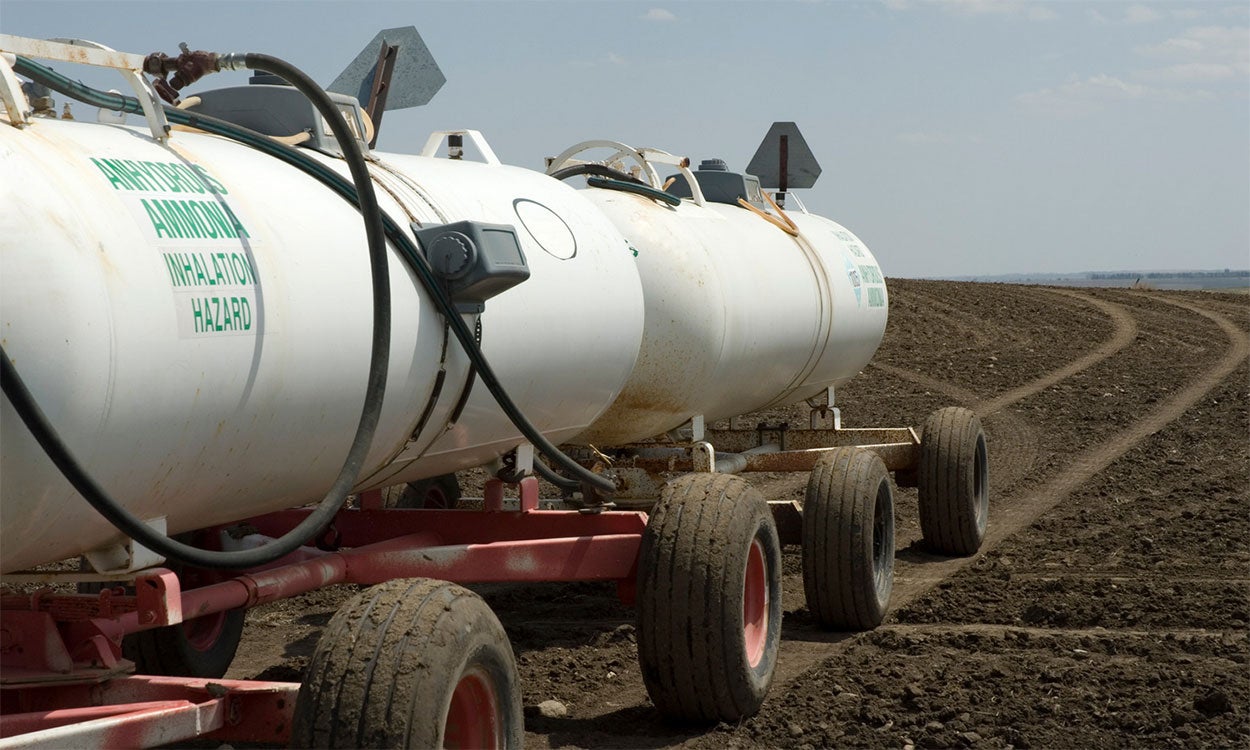Search

Understanding Western South Dakota Prairie Streams
This document provides information and guidance for landowners and land managers in western South Dakota who are managing small intermittent streams.

Noxious Weeds of South Dakota
Pictorial reference guide of noxious weeds in South Dakota

Food Safety for Farmers Markets
Food safety bulletins for farmers markets and other direct marketing vendors

Updating Corn Nitrogen Fertilizer Rate Recommendations in South Dakota
Fact sheet updating corn Nitrogen Fertilizer Rate Recommendations in South Dakota.

South Dakota Fertilizer Rate Guidelines Calculator for Corn, Soybean, and Wheat
Calculator for Fertilizer Guidelines for Corn, Soybean and Wheat in South Dakota

Bacterial Leaf Streak of Corn: A New Corn Disease in South Dakota
Bacterial leaf streak, caused by Xanthomonas vasicola pv. vasculorum (Xvv), is a recently discovered disease of corn in South Dakota. The disease was first identified in Nebraska in 2016 but now has been found in the majority of the Corn Belt states. Under favorable weather conditions bacterial leaf streak can develop to reach yield reducing levels. Like any other bacterial disease, once symptoms develop there is little that can be done to control it in the field. However, it is important to correctly diagnose this as a bacterial disease because it can be confused with gray leaf spot which is a fungal disease.

Fungicide Resistance: Risk and Management
What is fungicide resistance?
Fungicide resistance can be defined as when a pathogen population is no longer sensitive or has reduced sensitivity to the fungicide that used to control the same pathogen.

Soil Testing for Vineyards in South Dakota
Not all soils are conducive to growing quality grapes, so prospective vineyard sites should be tested before a decision is made to plant grapes. Tests can identify soils that are either too high in pH, salts, or salinity, or that are “too rich” (too high in organic matter and nitrogen) for grapes. In addition, testing before planting allows for the incorporation of nutrients—such as phosphorus—that do not move easily through the soil to plant roots.

Are you ready for winter? ¿Està listo para el invierno?
The first winter experience can be a challenge if you don’t know what is ahead, except for that there will be snow and cold. Some simple tips will help you survive the snow, ice and low temperatures.
SDSU Extension Master Gardener Online Reporting System
Better Impact is a web-based tool where Master Gardeners can log their hours, update their contact information, see the latest news, and much more.